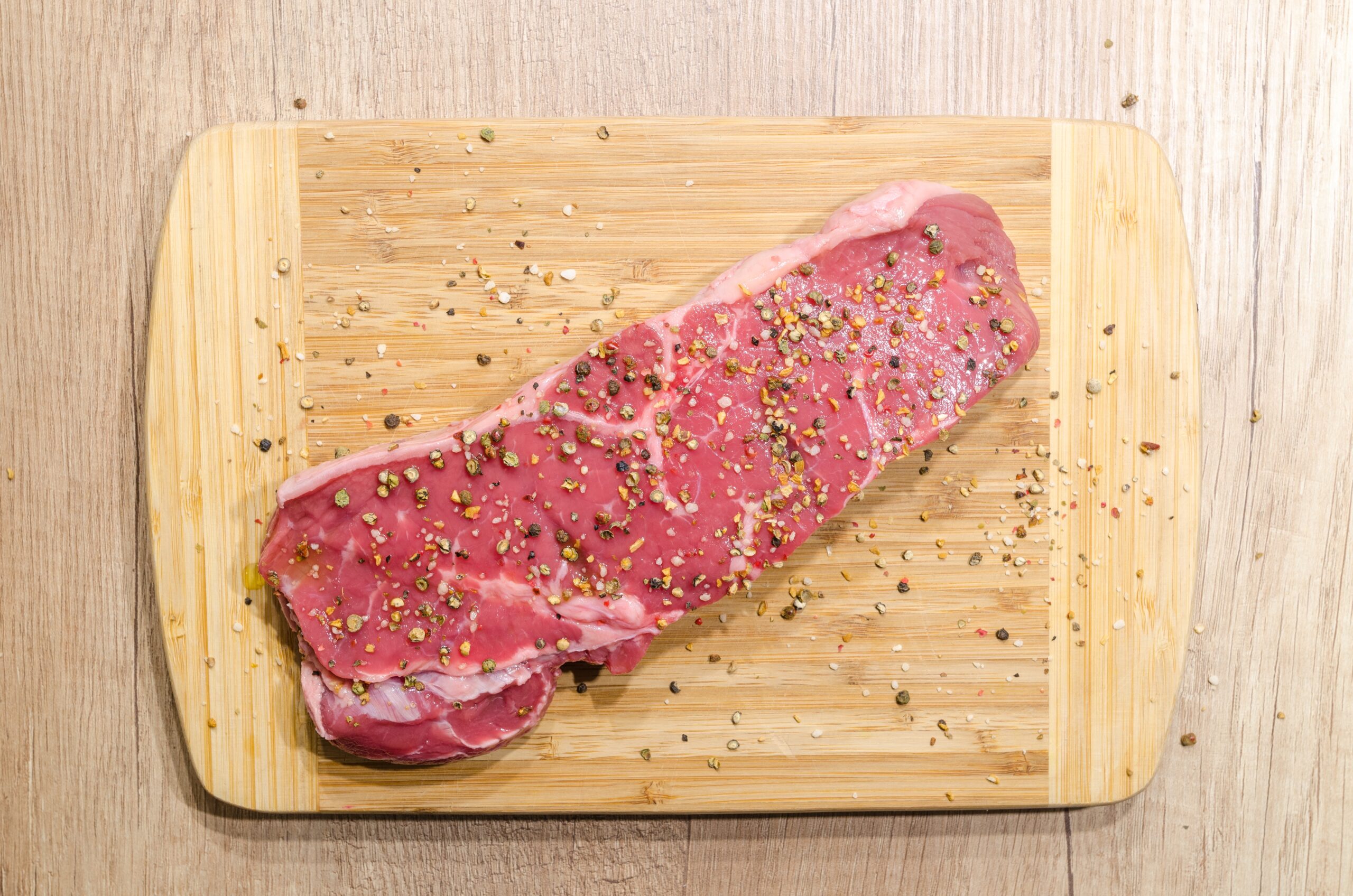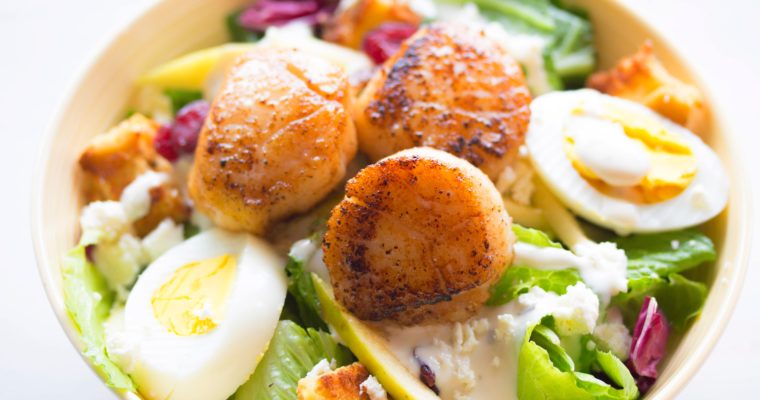
Salt is pure magic. Not only does it make food taste better, but it can act as a preservative or, to the point of this post, salt can tenderize and retain moisture in meats. In other words, salt makes tender juicy deliciousness.
Many people use wet brining for their meats, especially large roasts or turkeys. Wet brining entails dissolving salt and sometimes sugar or other seasonings in a bucket of water, dunking the meat in the bucket and letting it sit a few hours before cooking. This is a perfectly acceptable method of making tender juicy deliciousness.
The one downside of wet brining is that bucket. Finding a place for it where the hounds won’t grab the meat for their own feast or where Ludwig won’t run it over with his wheelchair just is not easy. Who wants a 10-gallon bucket on their kitchen counter while preparing a meal? Certainly not Ludwig.
Chefs around the country have begun kicking the bucket, so to speak, in favor of dry brining. This technique is a top-secret, mysterious and involved process Maestro is divulging to the public, risking the scorn of chefs everywhere.
Ludwig is such a kidder. Dry brining is just salting meat and letting the salt do its magic over time. Salt draws moisture to the surface, then dissolves and gets sucked back into the meat. Once inside the muscle, the salt locks that moisture in and detangles the fibers. Tender juicy deliciousness.
What kinds of meats should you dry brine? Everything but seafood and sausage.
How much salt? ½ teaspoon of kosher salt (preferred) per pound of meat or ¼ teaspoon table salt per pound. Maybe a tiny bit more in thick parts of meat, like turkey breasts and drumsticks.
How do you dry brine? Sprinkle salt evenly on the meat surfaces, wrap tightly in plastic wrap and toss into the refrigerator.
How long? The longer, the better – within reason, Ludwig adds hastily. “We’re not making bacon” were his exact words. A few hours minimum for steaks, chops and burgers, overnight is perfect for roasts and birds. With birds, pull back the skin before salting, then replace the skin. Salt does no good if you put it on the skin.
What about marinades or other spices? Ludwig contends that marinades really do not do as much for meat as people think. Most marinades contain salt and fat (oil). The salt works just like a wet brine while the oil just sits on the surface, because oil and water don’t mix. Maestro says you can add other seasonings to the dry brine before wrapping it up, he just doesn’t think it adds more to the flavor than putting them on just before cooking, and much of the seasoning will get lifted off the meat when taking off the plastic wrap. Do not add more salt after brining until after you taste it. Ludwig puts no salt in his rubs and seasonings for a reason – the dry brine is enough.
That is it. The magic is revealed, the mystery solved. Dry brine – salt, wrap, and let sit – pretty much any meat that flies or walks the earth.
